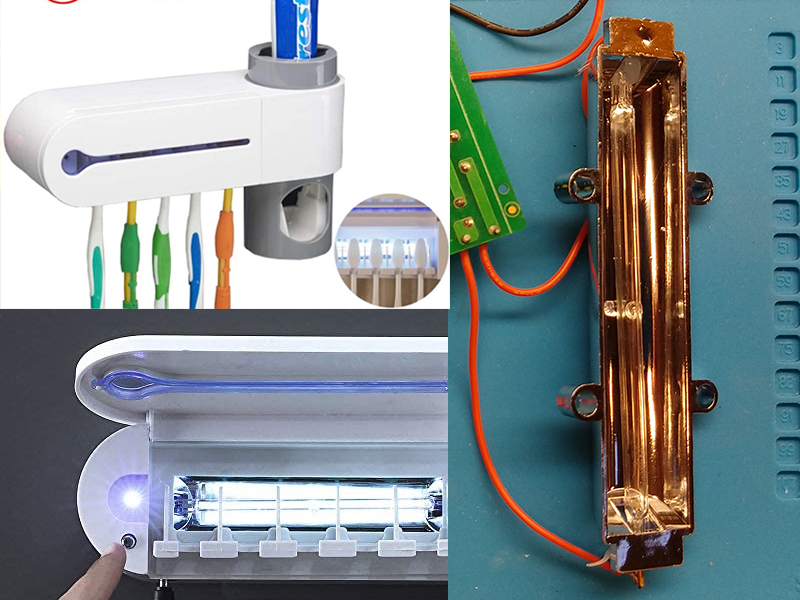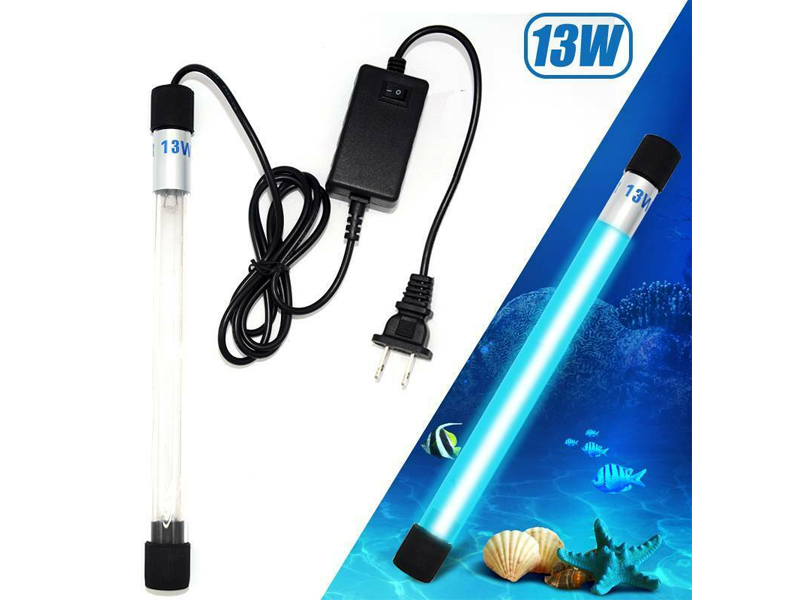


Given the current shortage, extending the usable life of existing disposable N95 respirators is one of the very highest priorities. One of the most effective and rapidly deployable methods is to expose the masks to a measured amount of UV-C radiation.
A number of papers were published after the first SARS outbreak many years ago on how to decontaminate N95 masks in order to prolong their usable life during a future pandemic outbreak and supply shortage. Below is a listing of relevant papers on this decontamination concept as well as a summary New York Times article. Somewhat ironically, a number of these older papers cite that we need to take steps to increase our emergency stockpile of N95 masks for a future outbreak.
You can download all of these papers here: UV-C Papers
A summary New York Times article can be found here
A number of the papers detail experimentally measured required UV-C wavelength energy and soak times to fully decontaminate the masks. Typically the consensus it that masks need to be exposed to at least 1.0 J/cm^2 centered around 254nm wavelength in order to be fully decontaminated. Another paper discusses the structural integrity of N95 respirators after UV-C radiation and finds that they are still effective at filtering particles, though depending on manufacturer, may have a limit to how many times they can be cleaned before the materials begin to breakdown. The last two papers are were written recently as a response to the pandemic to summarize and steps on decontamination methods.
My goal is to create a rapidly depolyable, low-cost, and 3D printable UV-C N95 Mask decontamination chamber with a measured output to conform to the 1.0 J/cm^2 UV-C requirement.
Germicidal Wavelengths fall generally in the 200nm-300nm range. The vast majority of Germicidal Sanitizing lamps emit peak energy around the center of that range at 254nm. Note: Your typical UV curing oven for photocurable resin 3D Printers (SLA, etc), and nail salon curing lamps, emit only within the UV-A and UV-B ranges and thus they will not disinfect anything.
UV-C light Safety Warning – UV-C light is very harmful to your vision, even for short periods of time. Always wear safety glasses that filter out these wavelengths. I have a pair of UVEX-S1933X which are inexpensive and readily available and have measured data on the specific wavelengths they filter out, (enlarge the above picture). Also it can be harmful to your skin like other UV wavelengths, so it is a good idea to wear long sleeves, and gloves when handling active bulbs for long periods of time.
Ozone Safety Warning – Ozone is very bad to breathe and will harm your lungs. It has a very distinct smell. Ozone is produced around 185nm wavelength. Cheap Low-Pressure Mercury Vapor UV-C Lamps emit a range of wavelengths centered around 254nm including wavelengths around 185nm. Higher quality mercury vapor lamps have AR coatings to filter out these ozone producing wavelengths. Here is a great summary Article from the EPA on the dangers of breathing in Ozone. If you are using one of these cheap bulbs that produces Ozone, and you will definitely be able to smell its unique smell, be sure to test it outside or with a externally venting fume extractor.
There are generally two common bulb types that can emit light in the UV-C range: Low pressure Mercury-Vapor Lamps and LED. Mercury Vapor lamps are the most common and have been around a long time. They are available in a wide range of shapes and sizes and typically use higher voltages to excite the gas in the quartz tubes (sort of like florescent bulbs). These lamps emit a wide range of wavelengths but the peak energy emitted is centered around 254nm. LEDs that emit in this wavelength are a relatively newer technology and are thus much much more expensive. These LEDs produce a very very narrow wavelength range and are “binned” (sorted) for their peak wavelength output. They are also generally have much lower power than the gas lamps, so many will be needed to achieve the same effect. UV-C range LEDs increase in ubiquity, volume and thus price every year. So eventually they will likely overtake the mercury vapor lamps.
I will focus on low pressure mercury vapor lamps thier cost/ubiquity and also lamps that come with their own power supply (for ease of integration).

The above Toothbrush Sanitizer is available across the internet in various versions for around $20. I chose it for the bulb size ~100mm long. It also came with a 9v power supply and I could possibly reuse the internal PCB and modify its decade counter timer. The bulb is integrated into a nice reflector for focusing the energy. One drawback is that this cheap bulb emits lots of Ozone.

I later found that there are much larger Aquarium Sanitizer UV-C lamps available in a range of sizes. I bought the highest power version I could find on eBay pictured above (13W) for around $15. It comes with its own ~36v DC power supply. I do not smell any obvious ozone, so I think it may have an AR coating.